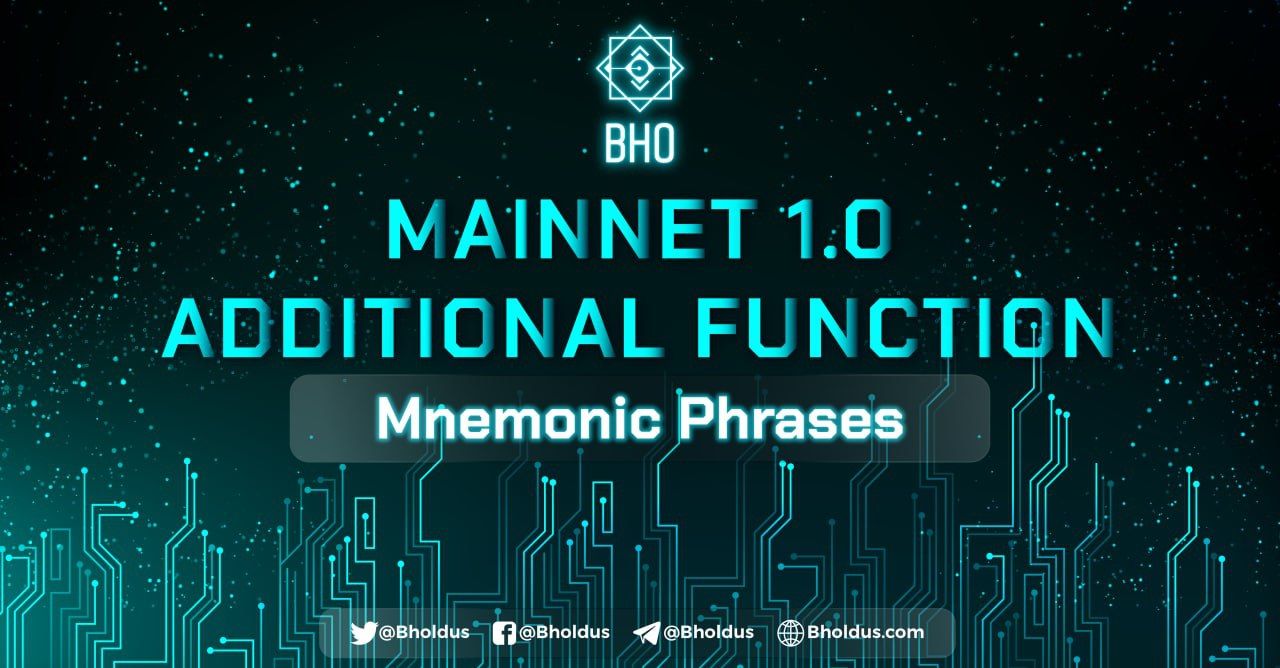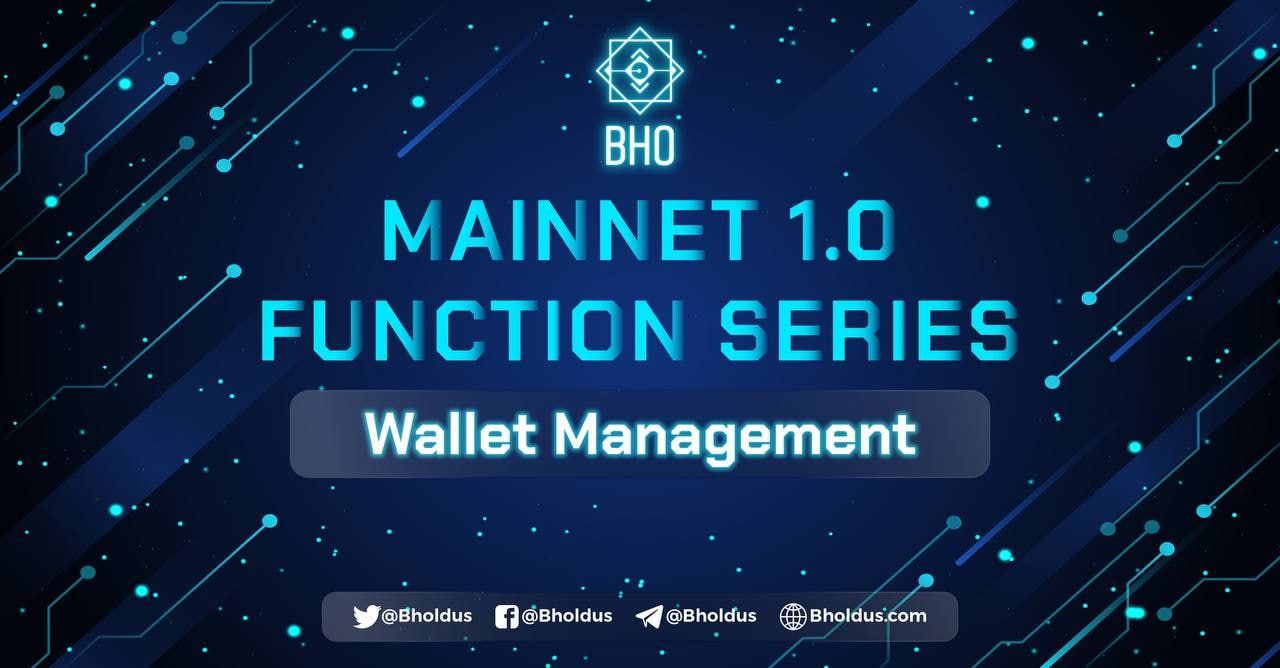- Blog
- Crypto News
- What is hashrate? Overview of the hash function
What is hashrate? Overview of the hash function
- 1. What is Hashing & Hash rate?
- 1.1 What is Hashing?
- 1.2 Popular Hash algorithm functions
- 1.3 What is Hashrate?
- 2. How hash functions work
- 3. The relationship between Hashrate and Bitcoin price
- 4. What is the importance of hash function in Crypto?
- 5. Bitcoin’s Hash Rate
- 6. Bitcoin Hash Rate
- 7. Where to track Bitcoin Hash Rate?
- 8. How to determine the hash rate
- 9. Why did the Hash Rate increase again?
- 10. Hashrate FAQs
What is Hashrate? How does the hash function work? What is the relationship between Hashrate and Bitcoin? If you are someone who is starting to learn and research the cryptocurrency market, then you must have heard of the term Hashrate. So let’s figure this out together.
1. What is Hashing & Hash rate?
Let’s understand the basic concepts of the term Hashing and all of its component.
1.1 What is Hashing?
Hashing is the process of turning the input into any size and length content and then using algorithms and mathematical formulas to turn it into a standard output of a certain length. This process is done using the Hashing algorithm.
1.2 Popular Hash algorithm functions
CRC32: consists of 8 characters, using the Cyclic Redundancy Check algorithm. It has the advantage of fast computation and a short length.
MD5: consists of 32 characters, using the Message Digest algorithm. This algorithm is common because of its high accuracy and not many processing operations.
SHA-1:
-
SHA-1: consists of 40 characters, using the Secure Hash Algorithm algorithm as part of the US Government’s Capstone project.
-
Collisions against the full SHA-1 algorithm can be generated using the breaking attack method. Therefore, this hash function is so far considered not secure enough.
SHA-2: is a set of cryptographic hash functions**italic text created by the United States National Security Agency (NSA), first published in 2001. They are built using Merkle–Damgård structure, its one-way compression built using the Davies–Meyer structure from a dedicated block cipher.
1.3 What is Hashrate?
Hashrate is a parameter that represents the computing power, solving algorithms of computers to encrypt data according to a hash function that has been used in networks. Some Proof of Work consensus mechanisms is SHA-256 of Bitcoin, Ethash of Ethereum, Zcash’s Equihash, etc.
2. How hash functions work
Outputs are the same size as hash functions are different, but in size of the possible outputs will be constant or always fixed.
Example:
-
256-bit outputs produced by the SHA-256 algorithm
-
A 160-bit representational output produced by the SHA-1 algorithm
For the above example, it is possible to run the words “Binance” and “binance” through the SHA-256 hashing algorithm.
Looking at the image, a small change (capitalizing the first letter) resulted in a hash with a completely different result. Because we are using SHA-256, the outputs are always a fixed size of 256 bits (or 64 bits), no matter the input’s data size. The two results stay the same no matter how many times we run those two words through this algorithm.
SHA, short for Secure Hash Algorithms (Secure Hash Algorithm), is a set of cryptographic hash functions, including SHA-0, SHA-1 hash functions, SHA-2, and SHA-3 hash groups. The other hash functions and SHA-256 and SHA-512, belong to the SHA-2 hash functions. Only the SHA-2 and SHA-3 groups are currently considered secure hash groups.
3. The relationship between Hashrate and Bitcoin price
In the Bitcoin network, to solve the SHA-256 algorithm, it has to be Bitcoin’s Hashrate - the computing speed of the miner (miners). Besides, it is also considered hash power (Hash power), hash per second (Hash per second) - a measure of miner performance. It is a unit that represents the number of double SHA-256 computations performed within one second.
Many people often conform to the decline in Hash Rate and proof that miners have left the network. Thereby leading to a decrease in BTC price and vice versa.
From its start to the present time, Total Hash Rate has a lot of correlation with BTC price. As a result, some on-chain analysts have observed the rise and fall of the Total Hash Rate to be able to predict the price trend of BTC.
4. What is the importance of hash function in Crypto?
Traditional hash functions are used in many scenarios, including database lookups, analysis of large files, and data management. Furthermore, cryptographic hash functions are widely used in information security applications, such as message authentication and digital fingerprints. Cryptographic hash functions are an essential part of Bitcoin mining and contribute to inducing new addresses and keys.
Hash is a powerful tool for dealing with a large amount of information. For example, through a hash function, we can run a file or a large data set and then use the output to quickly verify the accuracy and integrity of the data. With this technique, we will no longer have to store a large amount of information.
Hashing is a particularly effective process in Blockchain technology. In the Bitcoin Blockchain, a few operations use the Hashing process, and most of those are in the mining process. Nearly all cryptocurrency protocols, in fact, rely on Hashing to link and thereby reduce groups of transactions into copper blocks. They create cryptographic links between each block.
5. Bitcoin’s Hash Rate
In the Bitcoin network, to solve the SHA-256 algorithm, it must refer to the Hashrate of Bitcoin - the computational speed of the miner. Besides, it is also considered as hash power (Hash power), hash per second (Hash per second) - a measure of a miner’s performance (the speed at which miners decipher Bitcoin). In all proof-of-work cryptocurrencies that show hash rate.
In calculations of *hash rate *, the overall Bitcoin network also uses Hash per second. It is calculated based on the time between blocks, which is useful when measured over extended periods.
6. Bitcoin Hash Rate
Unit Hash Rate Unit:
-
H/s (Hash/sec)
-
kH/s (KiloHash/sec)
-
MH/s (Megahash/sec)
-
GH/s (Gigahash/sec)
-
TH/s (Terrahash/sec) and PH/s (Petahash/sec)
Hashrate denominations:
-
1 kH/s is 1,000 (one thousand) hashes per second.
-
1 MH/s is 1,000,000 (one million) hashes per second.
-
1 GH/s is 1,000,000,000 (one billion) hashes per second.
-
1 TH/s is 1,000,000,000,000 (one trillion) hashes per second.
-
1 PH/s is 1,000,000,000,000,000 (one trillion) hashes per second.
-
1 EH/s is 1,000,000,000,000,000 (one trillion) hashes per second.
Corresponding conversions:
-
1 MH/s = 1,000 kH/s
-
1 GH/s = 1,000 MH/s = 1,000,000 kH/s
-
1 TH/s = 1,000 GH/s = 1,000. 000 MH/s = 1,000,000,000 kH/s
7. Where to track Bitcoin Hash Rate?
We can track Bitcoin Hash Rate at some website down below:
-
Block.com: a site that aggregates many Bitcoin indexes, including the official Hash Rate index for a minimum of 24 hours.
-
Cryptocompare: helps miners to price and calculate the amount of BTC mined according to the parameters Hash Rate input
-
Hashing Power: mining speed
-
Power consumption: power consumption
-
Cost per KWh: cost per kilowatt per hours
-
Pool Fee (%): pool fee
-
Whattomine: mine parameters are determined per second to compare many data types of excavators, mining algorithms, etc.
8. How to determine the hash rate
To estimate hash rate throughput hash power from the number of BTC blocks mined and the block mining difficulty in the present time. Given the average amount of time T between mined blocks and difficulty D, the estimated hash rate per second, and H are given the following formula: H = 232 D/T.
9. Why did the Hash Rate increase again?
In the falling cryptocurrency market, miners’ profits are also significantly reduced because the same amount of work needs to be done, but the price falls.
For example, the difficulty has not changed, but the price of Bitcoin has dropped from $30,000 to $18,000. This means miners can only sell Bitcoin generated from the activity for only $18,000 instead of $30,000.
Besides, when the price of Bitcoin tends to decrease, investors in the market hope that the difficulty and Hashrate of the Bitcoin network will also drop. This will be proportional to the price trend of the market.
Although the market price is still going down, the Hashrate (hash rate) of the Bitcoin network has continued to grow exponentially in 2018, and the value of Bitcoin has dropped by more than 78%.
In a difficult situation like this, the miners must become more powerful and productive. For that reason, there are currently very few small and medium investors with enough capital and equipment to compete with the big parties in the industry.
10. Hashrate FAQs
Is hash rate an important factor in making a profit for “miners”?
As mentioned above, Hashrate is the deciding factor for “miners” to get a profit. At the same time, to achieve the most effective profit, it is also necessary to consider other fringe issues such as Bitcoin price, market trends, or the difficulty of hashing.
Should I mine Bitcoin while Hashrate is still increasing?
The answer is yes. Rest assured about Bitcoin mining because the amount of BTC mined will remain even if its price suddenly drops. You can also wait for the cost of Bitcoin to increase and then sell it.
Aspects such as Hashrate, block reward, and market competition influences each other in many ways. In addition, Bitcoin mining will become more competitive as more and more miners join the network. Therefore, the Hashrate must be strong to compete in the market when participating in the Bitcoin block mining race.
Are hash rate, mining profitability, and hashing difficulty related?
They depend on each other. In any case, where the difficulty of the Bitcoin network increases, the Hashrate should also increase. As a result, miners earn Bitcoins and transaction costs.
The number of miners in the Bitcoin network will increase the difficulty because a miner can find more nonce per second. As more people participate, the difficulty will increase, and the number of Bitcoins found will decrease. However, its profit depends on the Bitcoin price. As the price increases, the profit increases and vice versa.
Why does Bitcoin price decrease but Hashrate still increases?
According to Mr. Yuriy Avdeev - CEO of the CINDX Blockchain platform: “Of course, Cryptocurrency miners will not easily sell and sell Crypto token, if they work hard to mine, that means they are accumulating Crypto for a long time.”
The complexity will increase in current situation, and the price of Crypto is still falling. Countries with cheap electricity prices will have more advantages, are Canada, Iceland, Russia, or the southern regions. They can mine Tokens at a lower cost, and the amount of Hashrate will not decrease but increase because of that.
We’re sure that you now have the answer to the question What is Hashrate? Hopefully, through this article, you will have a clear overview of Hashrate. Remember to follow BHO Network to stay up to date with the latest news on the crypto market in the future!
Published on August 17, 2022
Tagged topics







